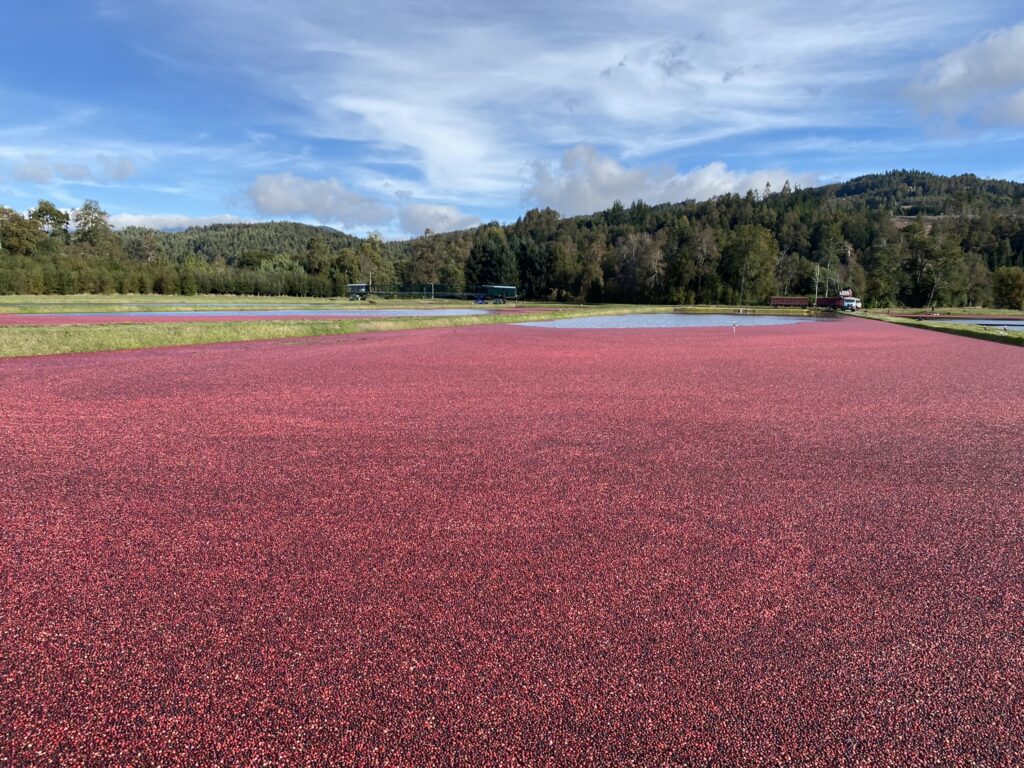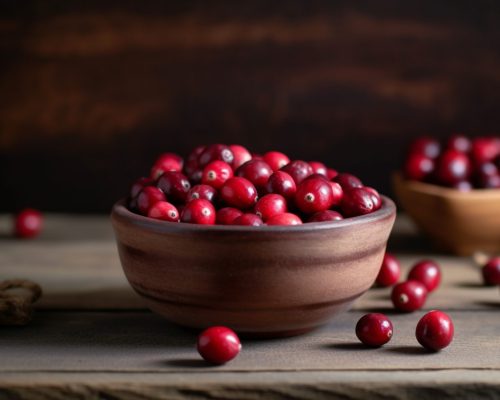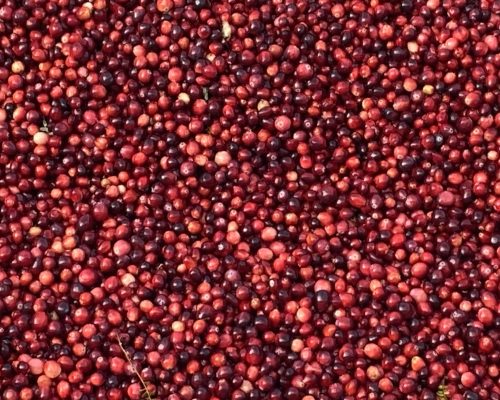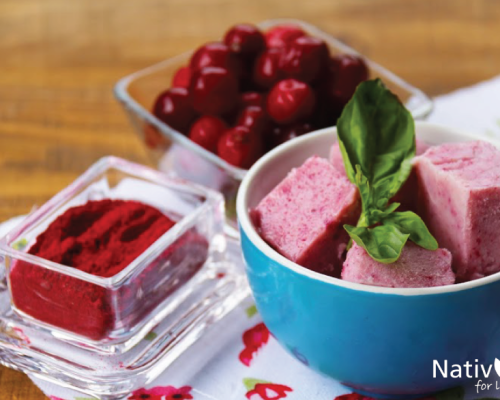Cranberry

The Cranberry or Red Bilberry, from the Vaccinium genus, native to North America, is a fruit that occurs in small shrubs of no more than 20 to 40 centimeters of height on impermeable grounds. It was initially consumed by Native Americans to treat gallbladder and kidney diseases. Its intense red color, scent and flavor makes it a very attractive ingredient for dairy products, ice creams and gourmet pastry. Cranberry has been becoming a first choice to treat urinary tract infections (UTIs) and cystitis, since it prevents the adhesion of bacteria such as Escherichia coli (E. coli), which causes 90% of cases of UTIs. It also prevents stomach ulcers, provides protection against lipoproteins oxidation and has shown anticarcinogenic activity, while also being safe for children and pregnant women consumption.



It is native to North America. There are also small production areas in southern Chile and Argentina, in the Baltic States and in Eastern Europe.
Cranberry contains three kinds of flavonoids; flavonols, anthocyanins and proanthocyanidins; the latter are very important as they provide the antibacterial properties. Supplies quercetin: this is a chemoprotective compound and acts on the signals involved in cell proliferation guarding against the development of tumors, like the Ursolic Acid, which inhibits the growth of in vitro tumors.
It acts as cardioprotector, gastric protector, prevents against LDL oxidation and metabolic syndrome. Beneficial for periodontitis prevention and treatment, reduces caries development and S. mutans biofilms formation (plaqueforming bacteria) (Koo et al. 2010).
A high proanthocyanidins concentration, 36.3 mg in 2 gr of Nativforlife powder, making it a product which is rich in this component.
It also contains other nutrients, such as Ascorbic Acid, Vitamin E, Manganese and Dietary Fiber.
